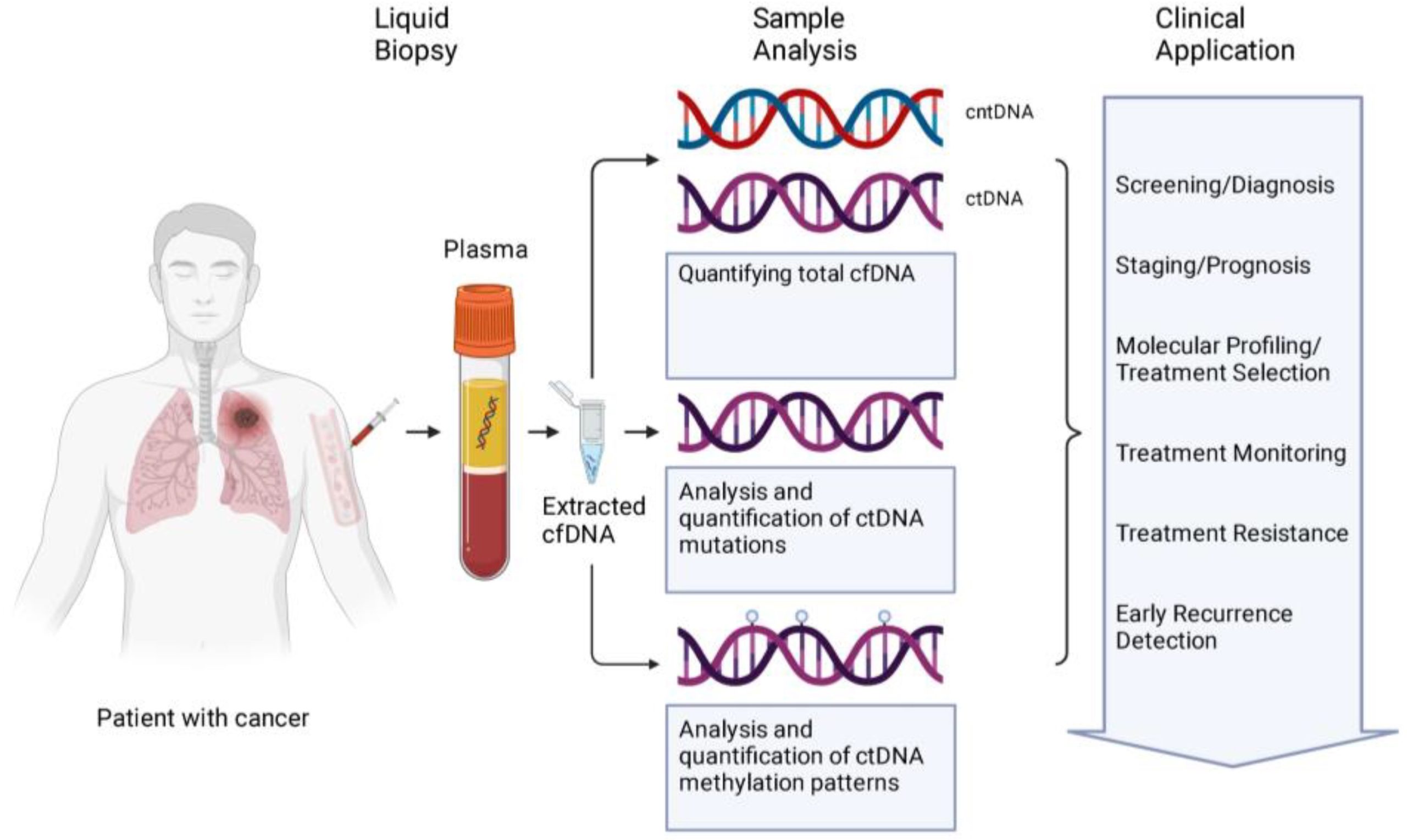Published: 2025 | Retinal Cases & Brief Reports (Vol. 19, No. 1, pp. 46-49)
Choroidal metastases—cancer’s unwelcome visitors to the eye—often demand a slow, invasive hunt for their primary source, delaying treatment and risking vision. A striking case report by Jasmine H. Francis, MD, and colleagues from Memorial Sloan Kettering Cancer Center, published in Retinal Cases & Brief Reports (2025), showcases a game-changer: plasma circulating tumor DNA (ctDNA). This noninvasive blood test swiftly unmasked a lung cancer culprit behind bilateral choroidal masses, paving the way for targeted therapy.
The Case: From Mystery to Clarity
A 56-year-old woman arrived with amelanotic choroidal masses in both eyes, hinting at metastases without a known origin. Traditional next steps—imaging and biopsy—loomed, but a liquid biopsy stole the show. Plasma ctDNA, analyzed via the MSK-ACCESS assay (covering 129 oncogenes), revealed EGFR, PTEN, and SMAD4 mutations—a fingerprint of non-small-cell lung cancer. Chest imaging and a scapular biopsy confirmed lung adenocarcinoma, matching the ctDNA profile. Within weeks, she started osimertinib, an EGFR inhibitor. One month later, her choroidal masses shrank, subretinal fluid vanished, and vision improved (20/150 right, 20/20 left).
Why ctDNA Shines
This blood-based tool sidesteps the delays and risks of intraocular biopsy. Typically, pinpointing a primary malignancy takes 2–4 weeks of scans, surgical prep, and pathology—time that can worsen symptoms like vision loss. Here, ctDNA delivered a diagnosis in a similar timeframe, but noninvasively, while identifying a driver mutation (EGFR) for personalized treatment. Cost-wise, it rivals or beats fine-needle aspiration, dodging surgical overhead. Bonus: ctDNA’s 98–100% drop in mutant alleles post-treatment signals a strong prognosis.
Why It Matters
Choroidal metastases often stem from lung, breast, or other cancers, and their genetic profiles are increasingly mappable (thanks to efforts like The Cancer Genome Atlas). MSK-ACCESS can spot these across multiple origins, though false negatives (from low tumor shedding) or overlapping mutations in mixed cancers pose challenges. Still, this case proves ctDNA can accelerate care—shrinking tumors and preserving vision faster than invasive routes.
The Catch
It’s a single case, and ctDNA’s sensitivity hinges on tumor necrosis. Broader studies are needed to cement its role, but the potential is tantalizing.
Takeaway for Retina Fans
Plasma ctDNA could transform how we tackle choroidal metastases, offering a quick, safe shortcut to diagnosis and therapy. Peek at the full report in Retinal Cases & Brief Reports (2025) for the imaging proof!
